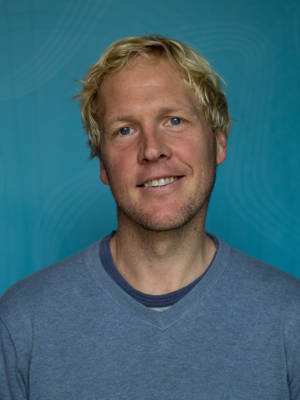This project asks where Palestinian youth activism is heading by exploring the current avenues and modes of political participation among Palestinian youth. The immediate context of the study is the post-2007 geographic and political split between the West Bank and Gaza after 2007 and the "Arab Spring" of 2011.
2007 highlights the split between these two areas and the failure of the traditional main actors, Fatah and Hamas, to forge a united national movement for liberation; 2011 is a symbol of youthful rebellion against corruption, oppression and lack of dignity in the Arab world. In both the West Bank and Gaza, Palestinians face two common challenges: to struggle against Israeli occupation and to achieve some kind of self-determination. This struggle takes place under the aegis of two governments dominated by Fatah and Hamas, respectively, which are agents of liberation at the same time as they have increasingly shown an authoritarian bent. How do the split between the two areas and the momentous events of the Arab Spring influence young people's engagement in Palestinian politics? What ideological trends move them, and how do they act politically? What role, if any, does religion have in young people's political engagement? The project answers these questions through a combination of interviews with activists, in-depth case studies of specific organizations, surveys among youths and analyses of news and other texts in Arabic.
The New Middle East
This is a sub-project of the research project The New Middle East, which is based at the University of Oslo, comprising researchers from Fafo (Institute for Labour and Social Research), PRIO (Peace Research Institute Oslo) and the University of Oslo. There are six researchers on the project, each working on their own sub-projects within a common framework.
Even before the outbreak of the Arab Spring, which has led to the fall of the autocratic regimes in Tunisia, Egypt and Libya, and put severe pressure on the regimes in Yemen, Syria and other countries, the Middle East was in transition. Old patriarchal structures are crumbling, the population getting younger, and the democracy deficit is acute. Where is the Middle East heading?
The different sub-projects are aimed at illuminating different aspects of the ongoing changes in the region through the two common research-questions:
- Which political and ideological trends find support among the youth?
- Which trends are observable in the civil society?






